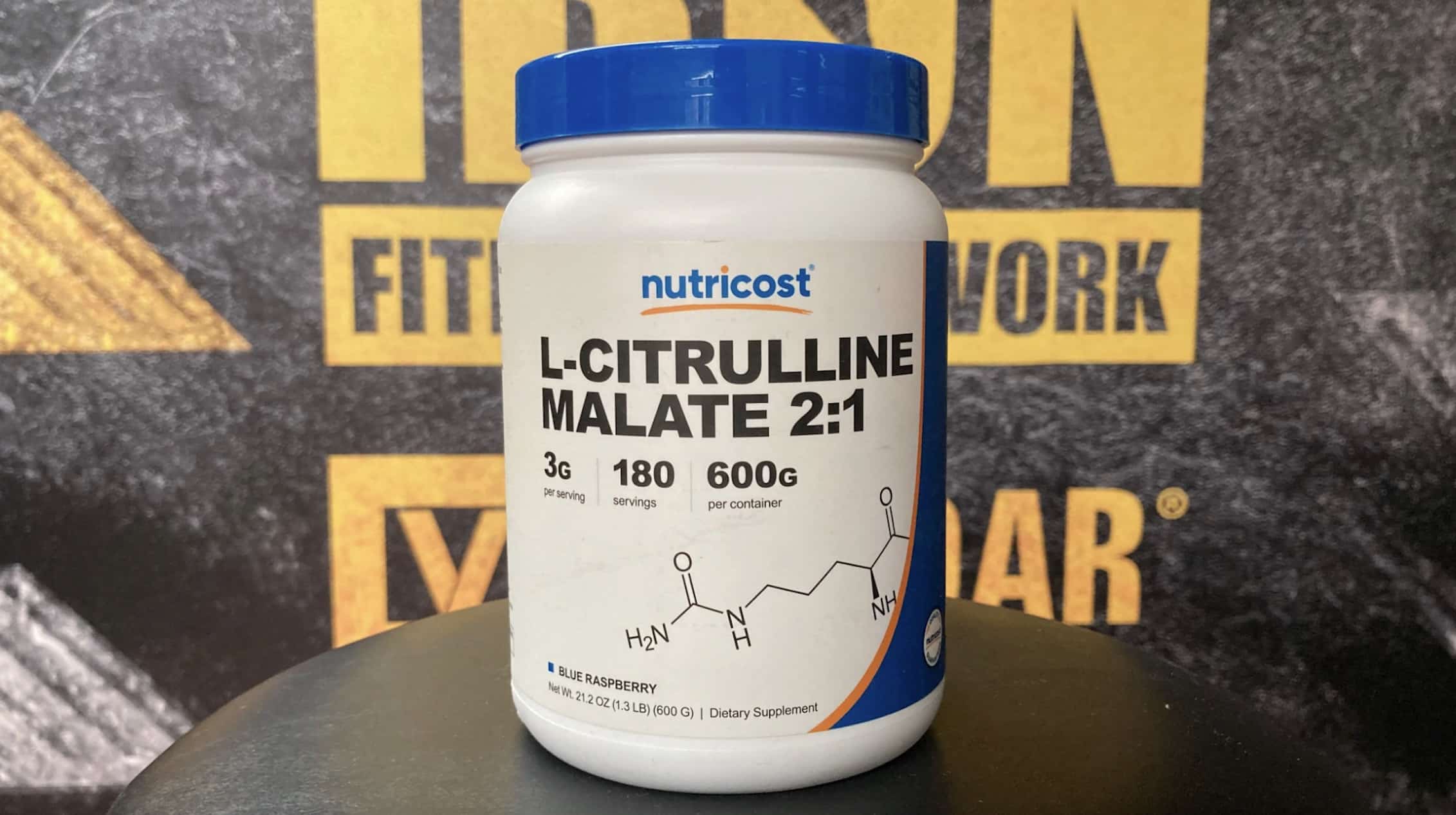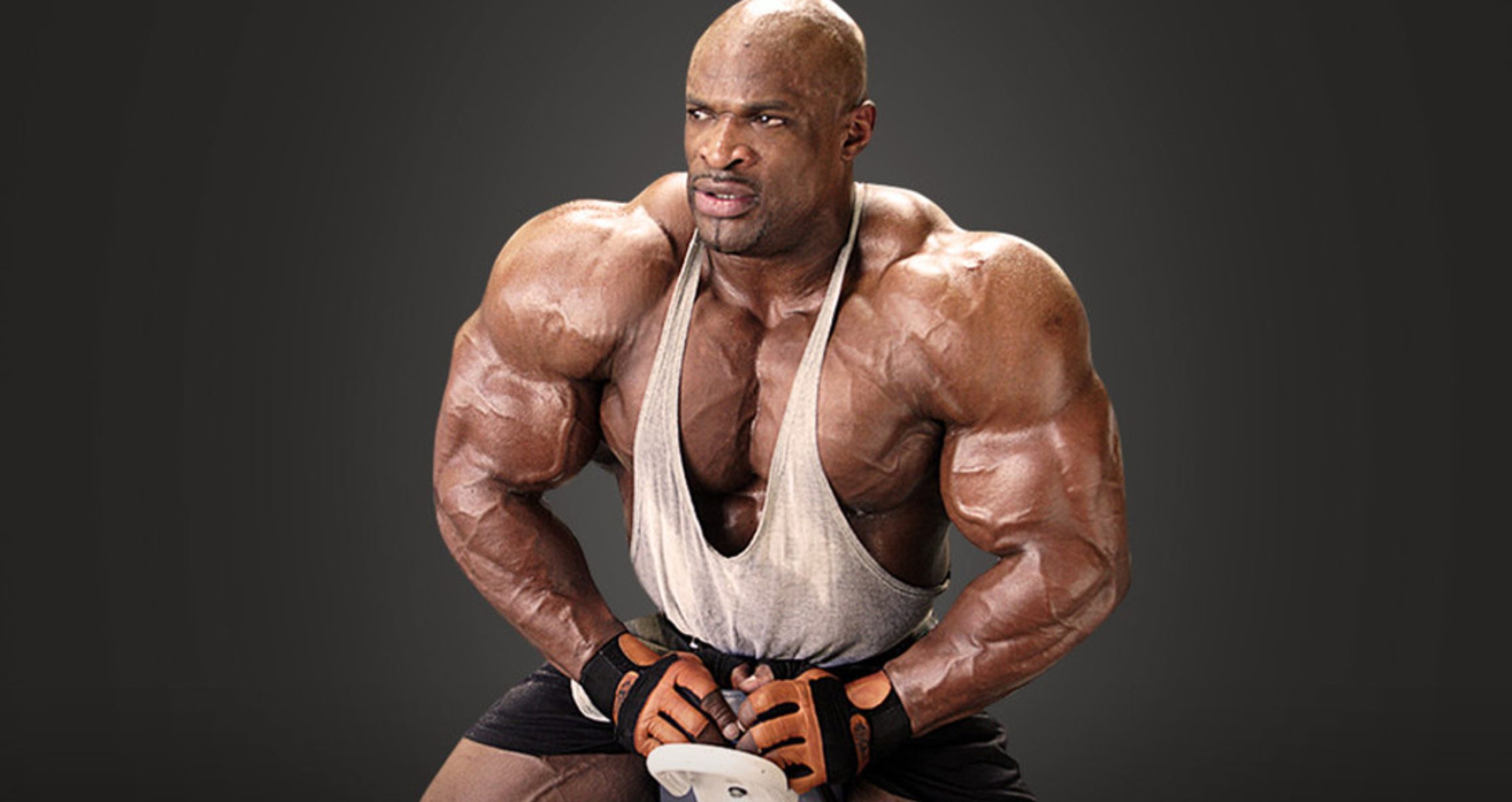Diamond sit ups increase core activation by taking your hip flexors out of the movement.
Sit ups have long been a staple exercise among bodybuilders and fitness aficionados for cultivating a strong, well-defined core. A robust core contributes significantly to improved posture, balance, stability, and a reduced risk of injuries. Moreover, sit ups are hailed as one of the safest and most effective exercises for activating abdominal muscles (1). Introducing diamond sit-ups, a variant that engages core muscles through an extended range of motion. This variant offers an efficient way to fortify and sculpt the core area.
This article delves into the specifics of diamond sit ups, highlighting their principal advantages. It presents a detailed, step-by-step tutorial on executing them properly. Furthermore, we explore a selection of alternative abdominal exercises that can enhance your workout routine, ensuring you achieve maximal benefit from your fitness endeavors.
Techniques & Muscles Worked
The diamond sit up is an advanced sit up exercise that works on the abs and obliques. It also engages your lower back, adductors, and glutes. A key thing to note about diamond sit ups is that they reduce the use of the hip flexors, allowing your abs to do all the work.
This exercise is a bodyweight movement that requires no gym equipment, but just adequate space. So, it offers the convenience of being done anywhere. However, you could use weighted vests, resistance bands, dumbbells, or kettlebells if you want more resistance for more strength gains. Here’s a step-by-step guide on how to do diamond sit ups with proper form.
- Lie flat on your back and open your legs, forming a diamond shape with the soles of your feet together and your knees pointing out wide.
- Next, extend your arms overhead. This is your starting position.
- Taking a deep breath, slowly lift your shoulders off the floor, stretch your arms to the front of your feet, and tap the floor.
- Reverse the movement, slowly controlling your bodyweight to return to the starting position and complete one rep.
- Perform for as many reps as you desire.
Benefits
Diamond sit ups are simple and effective bodyweight exercises tailored to tone and build powerful abdominal muscles. When you perform this variation, you remove the hip flexors from the movement and focus the work solely on the abs. Here’s a list of benefits you can get from performing diamond sit ups.
Builds a Strong Core
These exercises target the primary core muscles (abs and obliques). When training, core muscles balance, stabilize, and provide a base for equal load distribution. They also improve posture and help reduce the chance of injuries.
Improves Mind-Muscle Connection
When performing this bodyweight exercise, the abdominal muscles do most of the work, eliminating other muscle groups. Focusing on the core muscles helps build a better mind-muscle connection, strengthening and toning them. This study shows that creating a better mind-muscle connection and focusing on target muscles can induce muscle hypertrophy (2).
Better Range of Motion
Diamond sit ups provide a better range of motion than traditional sit ups when developing your abs. They’re also a better option for building core muscles because they focus solely on the abdominals, reducing the use of the hip flexors.
Improved Athletic Performance
Regular diamond sit ups build a strong core, which improves form, posture, and balance for other activities. A strong core makes athletic activities like running, jumping, or lifting heavy objects easier.
Better Flexibility & Mobility
Regular bending and stretching during this exercise loosen your spine and lower back stiffness. This helps with better mobility and flexibility of the body. Increased flexibility also improves your range of motion.
Diamond Sit Ups Alternatives
Diamond sit ups are excellent for building a strong core. However, to avoid a training plateau, it’s essential to integrate other exercises to get the most out of your core muscles. Experts advise mixing other similar muscle-building exercises to maximize muscle hypertrophy (3). Below are some diamond sit up alternatives you can also use to build your core.
The Hollow Hold
The hollow hold is an isometric bodyweight exercise that targets your core and lower back muscles. When performing this strength and endurance exercise, your body takes the shape of a banana. It doesn’t require gym equipment so that you can do it anywhere conveniently.
Pallof Press
The pallof press is an anti-rotation exercise that works the abdominals, obliques, erector spinae, and glutes to a lesser degree. Changing your body position and the direction of the pull helps improve core stability and hip movement.
Cable Crunch
The cable crunch is an effective core and strength-building exercise. It’s an intense isolation movement that focuses on the abs and lower back. The cable crunch is also a go-to exercise for people trying to get a six-pack.
FAQs
What are the hardest sit ups to do?
Be it any variation of sit ups like diamond, decline, or straight leg sit-ups, adding weight like kettlebells, dumbbells, or weight plates makes these exercises harder and more resistant. This increases the intensity of your workouts, producing more muscle and strength gains.
What are the benefits of doing sit ups?
There are many benefits to doing sit ups. These include building stronger, well-toned abdominal muscles, better mobility and flexibility, and improved athletic performance. For more details about the benefits of diamond sit-ups, in particular, check the article above.
Do sit ups get you in shape?
Yes, sit ups can get you in shape. Regularly performing diamond sit ups builds and develops a strong and well-toned core. The core is the body’s center for balance, stability, and proper movement. A stronger core gives you better posture and form for your routines, which also helps prevent injuries.
Follow us on Instagram, Facebook, and Twitter for more exercise guides!
References
- Halpern, A. A., & Bleck, E. E. (1979). Sit-up exercises: an electromyographic study. Clinical orthopaedics and related research, (145), 172–178.
- Calatayud, J., Vinstrup, J., Jakobsen, M. D., Sundstrup, E., Brandt, M., Jay, K., Colado, J. C., & Andersen, L. L. (2016). Importance of mind-muscle connection during progressive resistance training. European journal of applied physiology, 116(3), 527–533. https://doi.org/10.1007/s00421-015-3305-7
- Krzysztofik, M., Wilk, M., Wojdała, G., & Gołaś, A. (2019). Maximizing Muscle Hypertrophy: A Systematic Review of Advanced Resistance Training Techniques and Methods. International journal of environmental research and public health, 16(24), 4897. https://doi.org/10.3390/ijerph16244897








